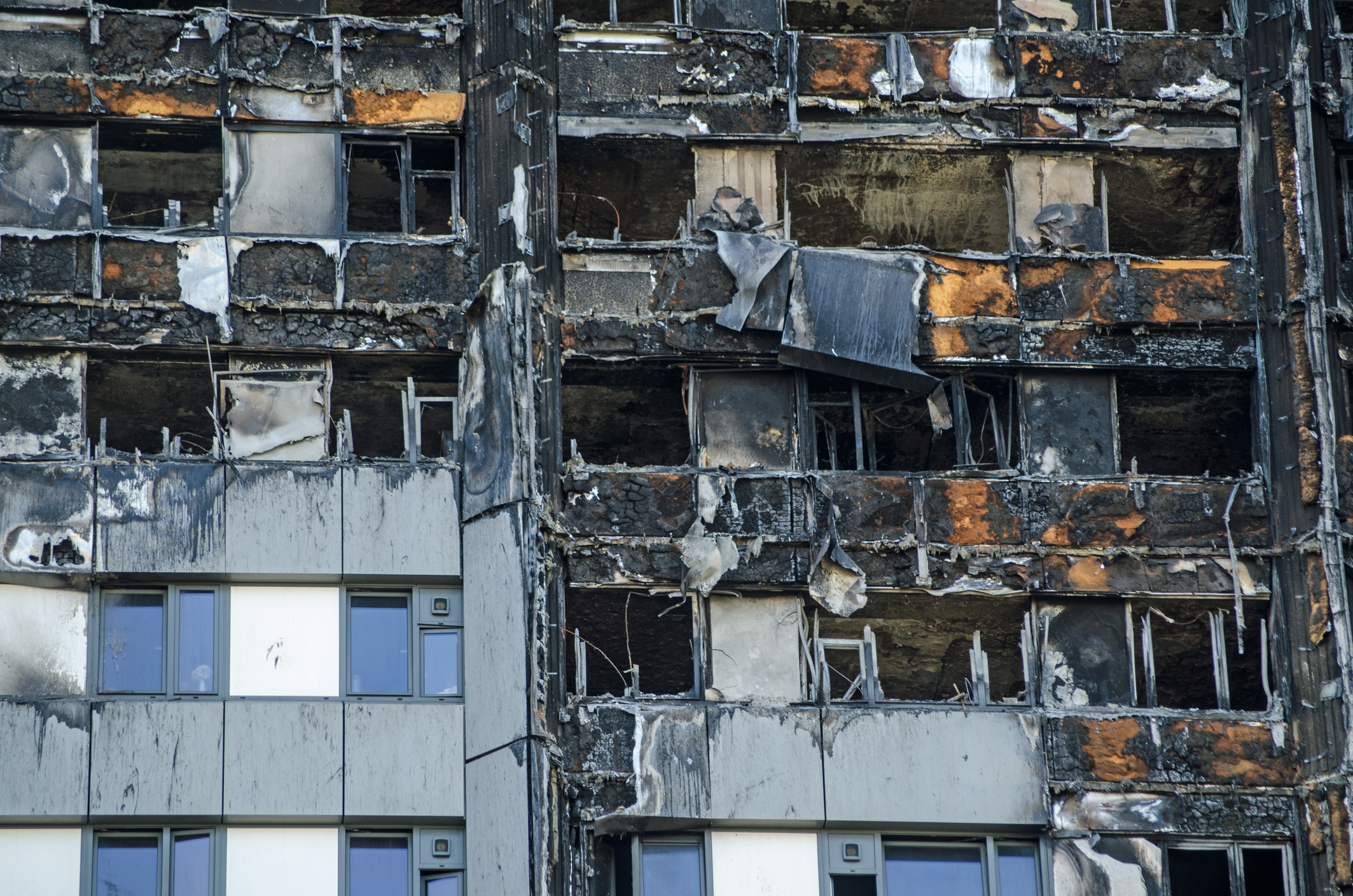
This week, CM starts a new series examining the many implications of the Building Safety Bill. Firstly, Stuart Brown examines how the Building Safety Regulator will operate and how much power it has.
Representing a wholesale reform of the regulatory system for building control and safety in England, the draft Building Safety Bill is the Government’s legislative response to the Grenfell Tower fire and Dame Judith Hackitt’s 2018 review of the building industry, "Building a Safer Future". Central to this reform is the creation of a new Building Safety Regulator.
The construction sector will need to embrace this powerful and potentially boisterous new regulator; it is likely to become a force to be reckoned with.
Part 2 of the draft Bill establishes the new regulator and confirms that it will sit within the Health and Safety Executive, reporting to the Secretary of State. It will be responsible for implementing the new regulatory regime, overseeing the registration and inspection of higher-risk buildings, and will have powers relating to non-compliant projects. The explanatory notes to the draft Bill make it clear that the government’s expectation is that the regulator will take a proactive role and will not limit its regulatory activity solely to enforcement.
Broadly speaking, the regulator has three main functions which it must exercise with a view to "securing the safety of people in or about buildings in relation to risks arising from buildings; and improving the standard of buildings". The three main functions are:
- Implementing the new, more stringent, regulatory regime for higher-risk buildings – being the building control authority in respect of works on new higher-risk buildings and enforcing the new regime in the "in-occupation" phase;
- Overseeing the safety and performance of all buildings – overseeing the performance of other building control bodies (previously, approved inspectors), and understanding and advising on building standards and safety risks; and
- Assisting and encouraging competence among the built environment industry and registered building inspectors – establishing and setting the strategic direction of the proposed industry-led competence committee, and establishing a unified building control profession with competency requirements common across both the public and private sectors.
It’s worth noting that the regulator is also under a duty to establish and arrange for the operation of a system to facilitate the voluntary provision of information about building safety to the regulator, and it is currently proposed that this will be via an expansion of the Confidential Reporting on Structural Safety scheme (CROSS).
The regulator must also establish the following committees:
- Building Advisory Committee – replaces the Building Regulations Advisory Committee for England;
- Committee on Industry Competence – recognises the need for the sector to work together to develop proposals for a system for competence oversight; and
- Residents’ Panel – ensures residents are able to contribute to key policy changes made by the Regulator which affect residents.
The draft bill also makes various amendments to the Building Act and, importantly, these amendments give the regulator the power to issue compliance notices and stop notices.
A compliance notice issued by the regulator will require issues of non-compliance to be rectified by a specified date, and a stop notice (which can be issued during the design and construction phase) will require works to be halted until any instances of serious non-compliance are addressed.
The draft bill makes clear that it will be an offence to fail to comply with a compliance notice or stop notice, and non-compliance can attract sanctions for the accountable person of imprisonment for up to 12 months on summary conviction or up to two years on indictment, or a fine, or both.
The regulator is also able to set up a multi-disciplinary team of authorised officers to exercise powers to carry out relevant building functions on its behalf, and (in addition to the offences above) it will be an offence to obstruct an officer, or to impersonate an officer, of the regulator. It will also be an offence to provide false or misleading information to the regulator.
The draft bill envisages a route of review of the regulator’s decisions, and there will need to be secondary legislation to set out the details of reviewable decisions. Additionally, the draft bill mirrors the appeals regime used by the Health & Safety Executive, and reviewed decisions of the regulator may be able to be appealed to the first-tier tribunal.
Finally, the draft bill permits the regulator to charge fees and to recover charges from those it regulates in relation to its functions. Again, there will need to be secondary legislation to implement the ability to charge fees and recover charges.
It is clear from the legislation (and from Dame Judith Hackitt’s public statements) that the regulator will take a pro-active approach to enforcing the proposed building safety legislation, it is unlikely to be a benign presence and it is tasked with ensuring that building safety is continually improved and remains front and centre of the nation’s discourse.
Stuart Brown is an associate at Trowers & Hamlins.
Comments
Comments are closed.










So, the Building Safety Regulator will be able to issue Compliance and Stop Notices with respect to works which are found to be non-compliant with the Building Regulations. BUT, who is to be responsible to the Safety Regulator for checking whether or not building works are compliant, ?